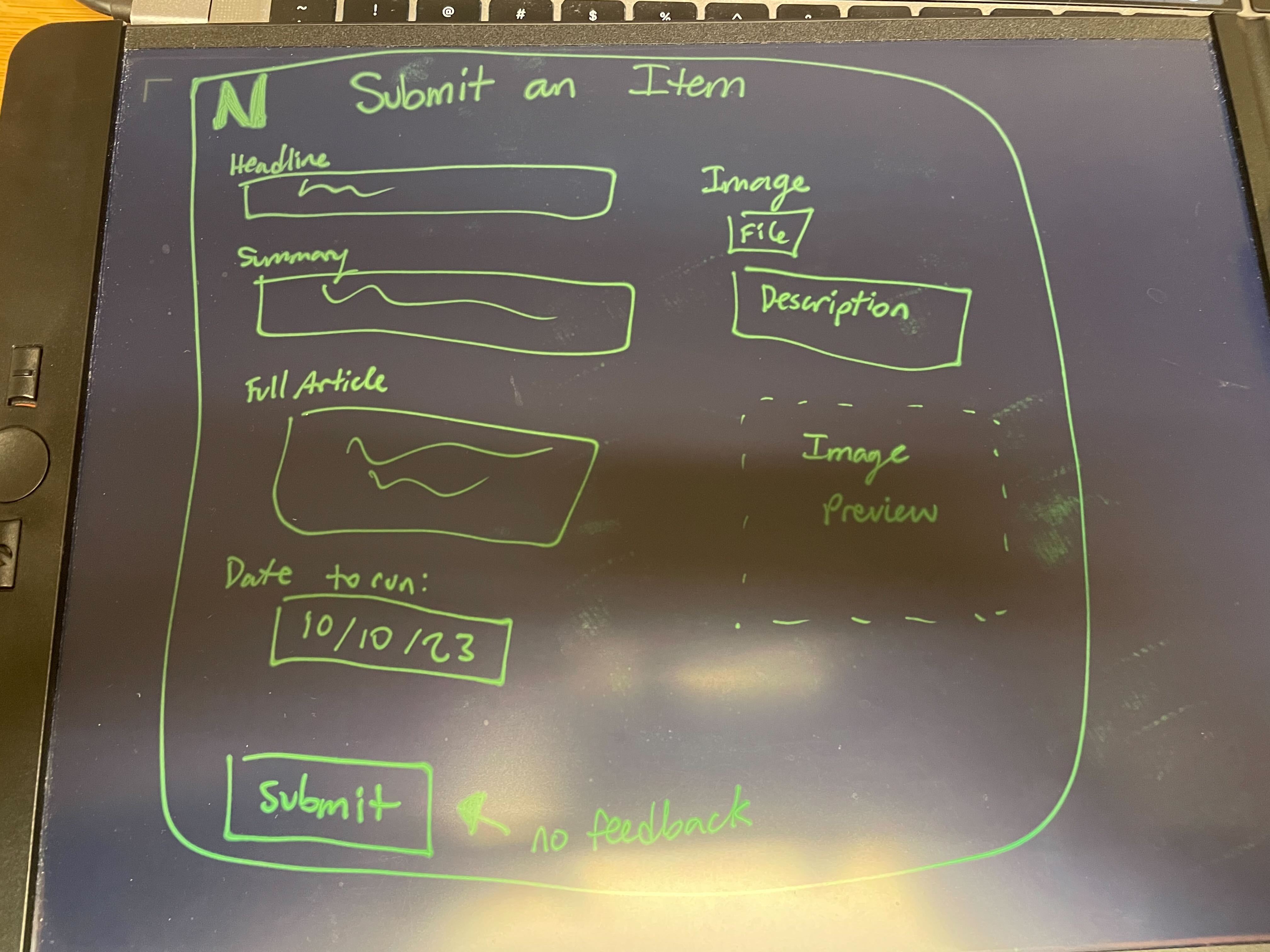
Introduction
In Chapter 1, Norman discusses the importance of feedback – communicating the results of an action.
Main Content
He mentioned that feedback must be immediate, not too frequent, informative, well written, planned, and prioritized. Feedback can include anything from a sound, a light, or a text pop-up. It is important to give feedback to a user so that they know their action had an impact and is working. If it’s not given quick or is not informative then users can become frustrated. However, if a user gets too much feedback or if it’s badly designed, then it will also not be useful to the user. It is important to plan the feedback well and find the right balance of frequency. This section really inspired me, because I enjoy getting feedback from interfaces a lot, especially after I fill out forms. It gives me reassurance that what I’ve done has been completed and received successfully. One interface I’ve used that doesn’t meet these feedback guidelines is the UNL news article submission page. After I fill out all of the fields for my article like the heading, summary, and image (pictured in drawing) and click the submit button, nothing changes on the page and I don’t get any confirmation email. It would be helpful to get some kind of feedback so that I know my information was submitted successfully.
Citation
Norman, Don. The Design of Everyday Things. Basic Books, 2013.